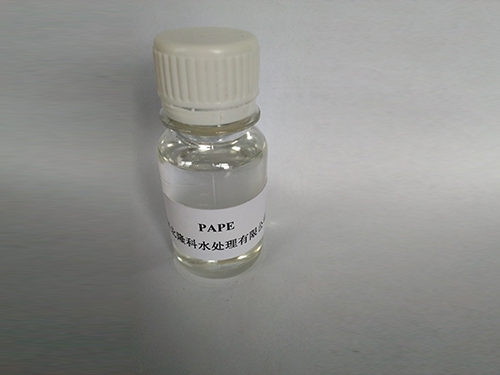poly aluminum chloride water treatment
Poly Aluminum Chloride in Water Treatment An Overview
Poly Aluminum Chloride (PAC) is a widely used coagulant in water treatment processes, renowned for its effectiveness in purifying water from various contaminants
. As an inorganic polymer, it serves as a critical agent in both municipal and industrial water treatment facilities, playing a vital role in maintaining water quality and safety.The primary function of PAC in water treatment is to remove suspended particles and impurities from water sources, including organic matter, silt, and microorganisms. When added to water, PAC undergoes hydrolysis, generating positively charged aluminum ions. These ions interact with negatively charged particles, resulting in the formation of larger aggregates known as flocs. This flocculation process enhances the removal of suspended solids from the water as they are then more easily separated via sedimentation or filtration.
One of the notable advantages of PAC over traditional alum (aluminum sulfate) is its ability to operate effectively across a wide range of pH levels. This flexibility allows water treatment facilities to achieve optimal coagulation and flocculation under varying water chemistry conditions, making PAC a preferred choice in diverse environments. Furthermore, PAC typically requires lower dosages compared to alum, reducing the volume of chemicals introduced into the water system and mitigating potential adverse environmental impacts.
poly aluminum chloride water treatment

The application of PAC extends beyond municipal drinking water treatment. It is also commonly used in wastewater treatment to aid in the removal of heavy metals and other pollutants. Industrial sectors such as paper manufacturing, textiles, and food processing utilize PAC to enhance water clarity and quality in their operational processes. Additionally, PAC’s effectiveness is increasingly being recognized in specialized applications such as treating stormwater runoff and improving the quality of water in recreational lakes.
Safety considerations in the use of PAC are also paramount. Despite its efficiency, operators must ensure proper handling and dosage to avoid potential toxicity issues associated with aluminum. Regulatory agencies often set stringent guidelines to monitor aluminum levels in treated water to safeguard public health.
In conclusion, Poly Aluminum Chloride has established itself as a cornerstone in water treatment methodologies, offering superior performance in coagulation and flocculation. Its versatility, efficiency, and adaptability to various water conditions underscore its importance in both environmental protection and public health. As the demand for clean water continues to grow, the role of PAC in ensuring the purification and safety of water resources remains crucial for communities worldwide.
-
lk-319-special-scale-and-corrosion-inhibitor-for-steel-plants-advanced-solutions-for-industrial-water-systemsNewsAug.22,2025
-
flocculant-water-treatment-essential-chemical-solutions-for-purification-processesNewsAug.22,2025
-
isothiazolinones-versatile-microbial-control-agents-for-industrial-and-consumer-applicationsNewsAug.22,2025
-
scale-inhibitor-key-solutions-for-water-system-scale-preventionNewsAug.22,2025
-
organophosphonates-versatile-scale-inhibitors-for-industrial-water-systemsNewsAug.22,2025
-
scale-and-corrosion-inhibitor-essential-chemical-solutions-for-water-system-maintenanceNewsAug.22,2025





